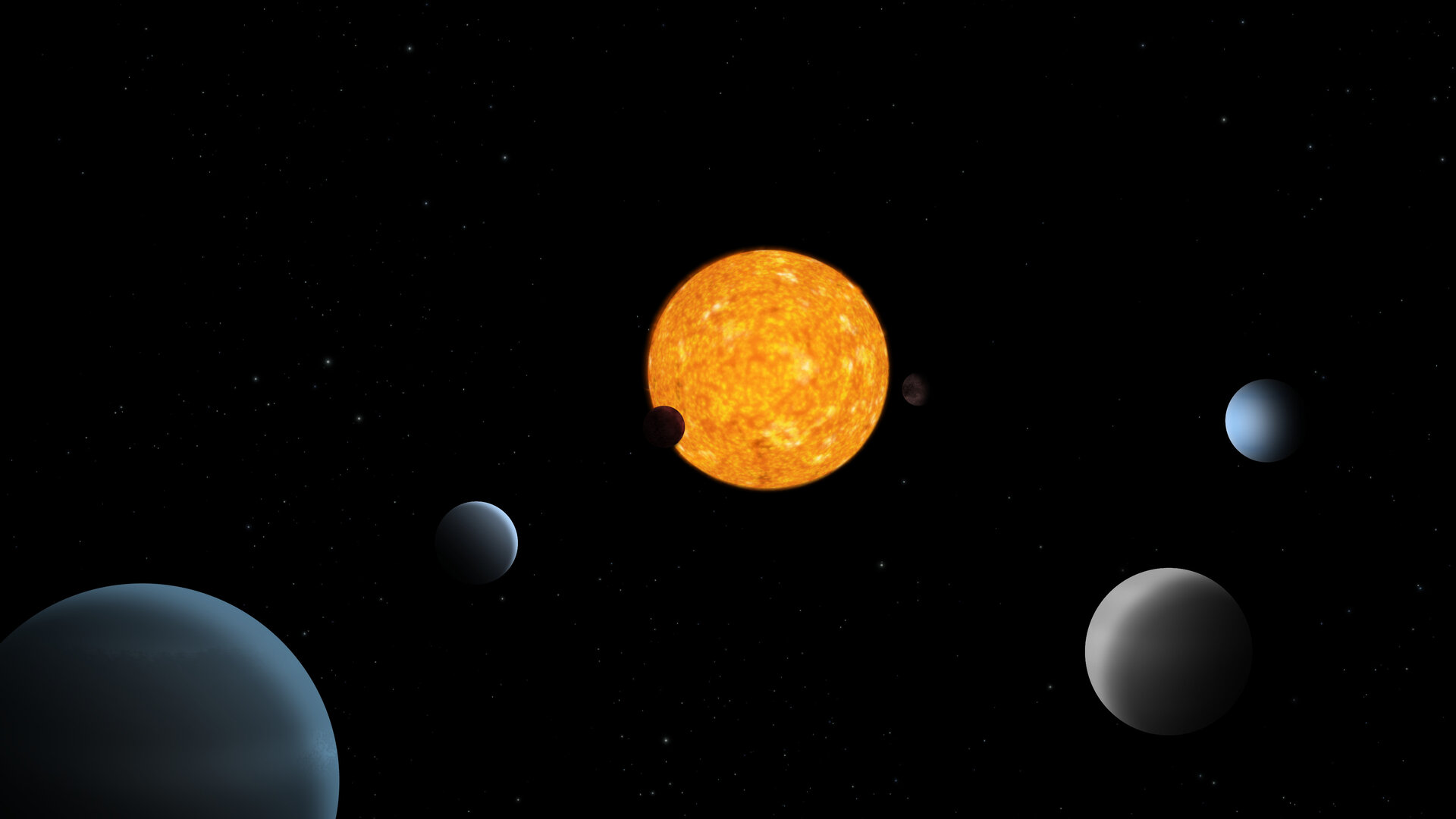Understanding the shape of the Earth is all about its mass, says Bill Nye the Science Guy. If it weren’t for all the water, rocks, metals, and lava on our planet, it might have an irregular form.
As Earth rotates around the sun, its irregularities are smoothed out by the larger body’s gravity. The same is true for all the planets, though Pluto has just enough mass to be spherical — despite famously no longer being classified a planet.
Asteroids are an example of bodies without enough mass to have their shape affected by the sun’s gravity. They are made of many elements found on Earth, but not in enough quantities to be rounded by gravitational forces.
For those interested, Bill Nye describes an experiment with marbles and rubber bands that simulates how gravity affects massive bodies. And for some reading material, check out Nye’s book, Unstoppable:Harnessing Science to Change the World.
Hayes: Hello. My name is Hayes. Bill Nye, I want to ask you a question. What would happen if the earth was a cube or if it wasn't but, what would happen if it was? Would the gravity be weird or the same? Thank you for answering my question.
Bill Nye: That is a great question and I can give you a real science answer. The earth is not a cube because it has enough stuff. It has enough rocks and metals and water and lava and everything that all pull on each other equally. And every time you do that you get a ball. You get a sphere. In other words, if you made a cubicle earth and it was orbiting the sun and so on, after a few years, pick a number, a few million years, it would squish itself into a ball. And so when we study asteroids we go out there with spacecraft and look at asteroids, Dawn, Vesta, Hayabusa 2, we observe asteroids that are not cubes but are very rough. They're regular shapes. They're not balls. They don't have enough stuff to become balls or spheres. But you are alive when the first pictures from Pluto came back to earth and Pluto is apparently right there having just enough stuff to make it into a ball. It's cool. So it's because everything is pushing or pulling in the same direction all the time on everything else it resolves itself or it ends up as a ball.
Try this, get some marbles and a big rubber band and put the marbles on a tabletop, put the marbles in the rubber band and just kind of wiggle it around. You'll see it will become a circle. If you try to make it into a square the rubber band will slowly bring it all back into a circle. And so a planet becoming a ball is like the rubber band and the marbles but all in three dimensions instead of two, in a ball instead of just a circle, a circle rotated through a circle. That's a cool question. So the reason planets are spheres or balls is because they have enough gravity pulling all the stuff together at the same time that you end up with no sharp edges, no irregular bumps. It's cool, except this is in outer space there's no sound it just goes…






